I know how to use linmod in MATLAB to linearize a Simulink model, but this requires modifying the model in order to get the linearization done. For instance, consider the model:

In order to linearize it I would need to create a modified model like so:

However, I want to operate on the same Simulink file wihtout creating another one. I don't want to have to store a separate Simulink model just for the linearization...
How is it possible to linearize the model in the first figure? Assume the operating u(t)=0.5 and the operating state (there is only 1 state, m_u(t)) is 0.5 as well.